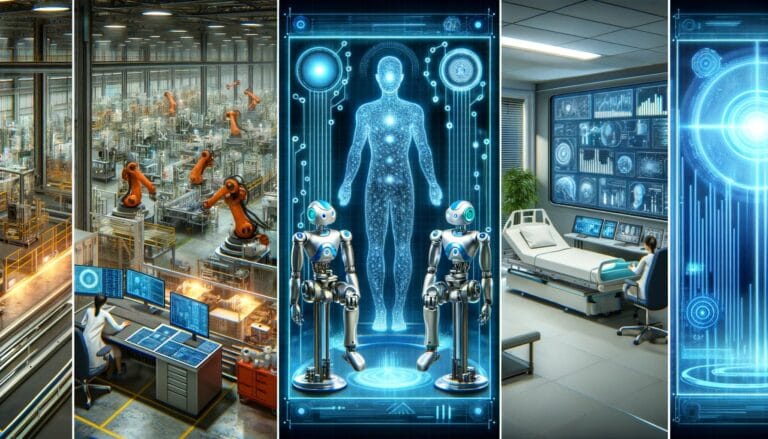As an AI specialist and enterprise business architect, I am often asked how to design an agile yet resilient enterprise architecture that can withstand time for a large, global organization. Designing such an effective and sustainable enterprise architecture requires aligning business strategy, processes, data analytics, technology infrastructure and organizational dynamics across international boundaries and various business units into one coherent plan.
My experience leading numerous enterprises has revealed a few essential principles for creating long-lasting enterprise architectures:
Focus on Business Capabilities, Not Technologies
Enterprise architecture can easily get bogged down in technical details surrounding infrastructure, applications, data schemas and more. But its primary driver must always be current and desired business capabilities that power an organization’s operations – architect should emphasize business goals over specific vendor products or technical implementations which may inevitably change; AI technology should be strategically integrated into designs to increase capabilities.
Enterprise architecture must take an holistic, strategic view beyond just IT systems, including organizational structure, business processes, data architecture and extended supply chains and partner networks. A blueprint should align to corporate strategy while going beyond siloed solutions or short-term fixes by setting multi-year target visions that incorporate AI/automation to make processes and decisions smarter.
Enterprise Architecture in an Age of Constant Change
Enterprise architecture must adapt and respond quickly to fast-changing technological environments in order to stay relevant, quickly making existing products and business models obsolete. Loose coupling, open architecture and cloud native designs help minimize ripple effects caused by future changes while AI/ML pipelines enable enterprises to detect and respond accordingly.
Establish a Global Yet Local Approach
Global enterprises need an ecosystem that facilitates collaboration, visibility and insights enterprise-wide while meeting localized data residence or regional variability needs. Core data schemas with in-country customization options, federated data models and flexible cloud deployment options provide a perfect balance of global reach with local relevance in emerging growth regions; AI models may even be trained using localized data sets.
Enterprise Architecture Should Continue Evolve While Executing
Enterprise architecture is not a one-off deliverable but an ongoing journey to enhance business capabilities. To be effective, continuous transformation channels such as governance routines, feedback loops and updated integration plans must be established for continuous transformation to take place. Agile techniques help anticipate unknowns over long durations while AI/ML spur constant innovation and value identification.
Simply stated, enterprise architecture for global organizations must focus on business capabilities enabled by flexible platforms and data architectures with future-ready capabilities, rather than immediate technical solutions. When applied with experiential leadership and adaptive mindsets in mind, enterprise architecture can serve as the enduring backbone for innovative change powered by artificial intelligence across the enterprise.
Hope these tips from my playbook as an AI expert and enterprise business architect help your international organization put themselves on a sustainable digital business platform that supports their growth now and into the future! Please share any thoughts or questions!



